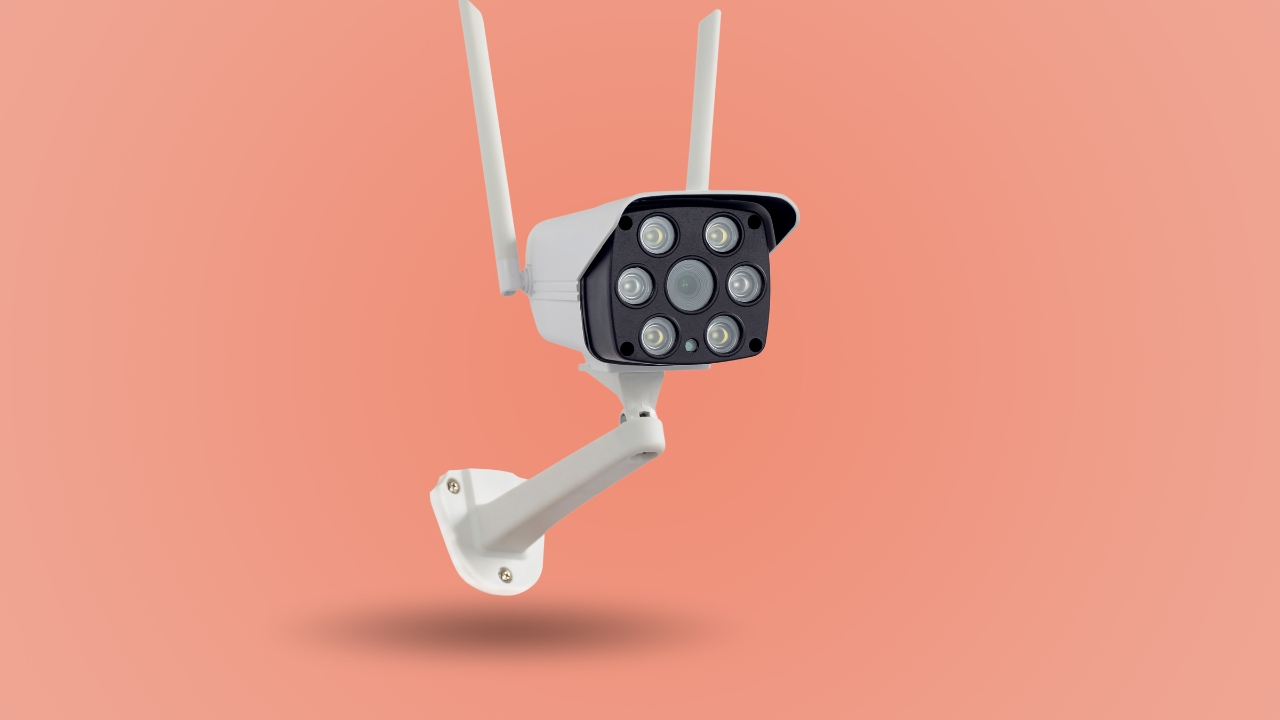In today’s digital world, businesses and organizations are increasingly relying on scanning technologies to process and store documents. However, not all scanning methods are created equal. While traditional scanning methods have served businesses well for years, new technologies like TCB (Trusted Computing Base) scans are redefining how we approach document management and security. In this article, we will provide a comprehensive comparison between TCB scans and traditional scanning methods, exploring their key differences, benefits, and which option is better suited for various business needs.
What Are Traditional Scanning Methods?
Traditional scanning methods are the conventional ways of converting physical documents into digital formats. These methods involve using flatbed scanners, document feeders, or multi-function printers (MFPs) to scan paper documents and save them as image files or PDF formats. The process is relatively straightforward: the document is placed on a scanner, the image is captured, and the digital version of the document is saved on a computer or local storage.
While this method is widely used, it has limitations, especially when it comes to security, automation, and document management. Traditional scanning methods don’t provide integrated security features or the level of automation that modern systems like TCB scans offer.
What Are TCB Scans?
TCB scans represent a next-generation scanning solution that integrates Trusted Computing Base (TCB) principles to ensure the security, integrity, and efficiency of document processing. TCB is a framework that guarantees a computing environment is secure, protecting data from tampering, unauthorized access, and vulnerabilities. TCB scans combine traditional scanning technology with advanced security protocols, including encryption, digital signatures, access controls, and audit trails, to create a more secure and reliable system for handling sensitive documents.
TCB scans also incorporate automated processes, such as Optical Character Recognition (OCR) and data extraction tools, to streamline document management. By embedding security and automation features, TCB scans offer a much more advanced and robust solution compared to traditional scanning methods.
Key Differences Between TCB Scans and Traditional Scanning Methods
1. Security and Data Integrity
One of the biggest differences between TCB scans and traditional scanning methods is the level of security provided.
- Traditional Scanning: Traditional scanning methods primarily focus on digitizing documents, but they offer minimal security. While you can password-protect PDF files or store them in secure folders, there are no built-in mechanisms to prevent tampering with the scanned documents or to verify their authenticity.
- TCB Scans: TCB scans are designed with security at the core. They use encryption to protect data during the scanning process and ensure that documents are stored securely. Additionally, TCB scans incorporate mechanisms like digital signatures and audit trails that ensure the integrity of the documents. Once a document is scanned using TCB, it is tamper-proof, meaning it cannot be altered without detection. This makes TCB scans ideal for industries that handle sensitive data, such as healthcare, finance, and law.
2. Automation and Workflow Efficiency
Another significant difference lies in the level of automation and workflow optimization.
- Traditional Scanning: Traditional scanning requires manual effort at almost every stage. Documents need to be manually fed into the scanner, and files must be manually named, sorted, and stored in appropriate locations. In some cases, Optical Character Recognition (OCR) can be used to convert text in scanned images into editable and searchable formats, but this process is not automated and requires additional steps and software.
- TCB Scans: TCB scans automate many aspects of document processing. Advanced OCR technology integrated into TCB scanning systems automatically extracts text, which can be used for indexing, sorting, and filing documents. Additionally, TCB scans support automated workflows, meaning documents can be routed to the appropriate departments or individuals for review, approval, or further processing without any manual intervention. This significantly reduces the time and effort involved in managing documents and improves operational efficiency.
3. Integration with Other Business Systems
The ability to integrate with other systems is crucial for businesses that rely on various software platforms for document management, customer relationship management (CRM), or enterprise resource planning (ERP).
- Traditional Scanning: Traditional scanning systems typically require manual file management after scanning. Once documents are digitized, they may be saved as simple image files (e.g., PDFs or TIFFs), and storing, indexing, and retrieving them requires external systems and software. Traditional scanners often do not provide direct integration with business management systems.
- TCB Scans: TCB scanning technology is designed to integrate seamlessly with document management systems, cloud storage platforms, and enterprise software like ERP and CRM systems. Documents scanned using TCB are automatically indexed, categorized, and stored within these systems, enabling businesses to retrieve and manage their files quickly. This level of integration streamlines workflows and ensures that all scanned documents are linked to the relevant records or processes.
4. Compliance and Legal Documentation
Compliance with industry regulations, data privacy laws, and legal documentation requirements is another important consideration for businesses, especially those in highly regulated sectors.
- Traditional Scanning: With traditional scanning methods, businesses are responsible for ensuring that scanned documents are properly stored and protected. While digital copies can be used in legal proceedings, traditional scanning does not include any built-in mechanisms to ensure that documents are compliant with industry regulations or to provide a verifiable audit trail.
- TCB Scans: TCB scans provide enhanced compliance features, including audit trails, digital signatures, and tamper-proof storage. These features are vital for industries like healthcare, law, and finance, where strict compliance and record-keeping standards must be met. TCB scanning ensures that documents are legally admissible in court and protected against unauthorized changes, making it easier for businesses to stay compliant with industry regulations.
5. Cost and Resource Efficiency
While both traditional scanning and TCB scanning can help businesses go paperless, the costs associated with each method vary significantly.
- Traditional Scanning: Traditional scanning methods require ongoing costs for paper, ink, printer maintenance, and storage space for physical documents. Furthermore, manual processing and management of scanned files can lead to inefficiencies and increased labor costs. The lack of automation means that businesses often need to invest additional resources in data entry and document management.
- TCB Scans: TCB scanning offers greater cost savings in the long term. By automating many of the manual tasks associated with document management, such as file sorting, indexing, and data entry, TCB scans reduce labor costs and minimize the need for physical storage. Additionally, the ability to integrate seamlessly with enterprise systems means that businesses can optimize their document workflows, leading to better resource utilization and increased overall efficiency.
Which Method Is Best for Your Business?
Deciding between TCB scans and traditional scanning methods depends on your business needs, the sensitivity of the documents you handle, and your desire to improve workflow efficiency.
- Traditional Scanning: Traditional scanning methods may still be appropriate for small businesses with minimal document management needs or those that do not require high-level security. If you’re dealing with non-sensitive documents and have a simple filing system in place, traditional scanning might be a cost-effective and straightforward solution.
- TCB Scans: For businesses that handle sensitive data, need to comply with regulatory standards, or require automated document workflows, TCB scans offer clear advantages. The security, automation, and integration capabilities of TCB scans make them ideal for larger organizations or industries with high compliance standards, such as finance, healthcare, or legal.
Conclusion
While traditional scanning methods have served their purpose for many years, TCB scans are setting a new standard in the world of document management. By offering enhanced security, automation, integration with other business systems, and compliance features, TCB scans provide a more comprehensive, efficient, and secure solution for businesses. Whether you are a small business looking to digitize documents or a large enterprise handling sensitive data, the choice between traditional scanning and TCB scanning will ultimately depend on your unique needs, security requirements, and desire for operational efficiency. TCB scans are the future of digital scanning, offering businesses the tools they need to manage documents in a secure, efficient, and compliant manner. Visit Trending Hub24 to get more information.



